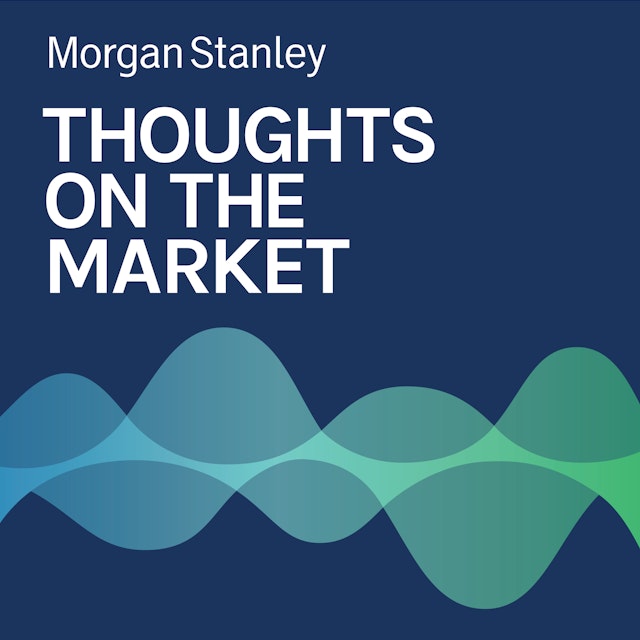As oil data in 2023 shows that second-half tightening is less likely, it may be time to alter the narrative around the expected market for the remainder of the year.
Important note regarding economic sanctions. This recording references country/ies which are generally the subject of selective sanctions programs administered or enforced by the U.S. Department of the Treasury’s Office of Foreign Assets Control (“OFAC”), the European Union and/or by other countries and multi-national bodies. Any references in this recording to entities, debt or equity instruments, projects or persons that may be covered by such sanctions are strictly incidental to general coverage of the issuing entity/sector as germane to its overall financial outlook, and should not be read as recommending or advising as to any investment activities in relation to such entities, instruments or projects. Users of this recording are solely responsible for ensuring that their investment activities in relation to any sanctioned country/ies are carried out in compliance with applicable sanctions.
----- Transcription -----
Welcome to Thoughts on the Market. I'm Martijn Rats, Morgan Stanley's Global Commodity Strategist. Along with my colleagues bringing you a variety of perspectives, today I'll discuss how the 2023 global oil market story is changing. It's Tuesday, May the 9th at 4 p.m. in London.
Over the last several months, the dominant narrative in the oil market was one of expected tightening in the second half. Although supply outstripped demand in the first quarter, the assumption was that the market would start to tighten from the second quarter onwards and be in deficit once again by the second half, which would lead to a rise in price. At the start of the year, this was also our thesis for how 2023 would play out. However, as of early May, it seems this narrative needs to change.
The expectation of second half tightness was largely based on two key assumptions. One, that China's reopening would boost demand, and two, the Russian oil production would start to decline. By now, however, it seems that these assumptions have run their course and are in fact behind us.
On China, both the country's crude imports and its refinery runs were already back at all time highs in March, leaving little room for further improvement. On Russia, oil production has fallen from recent peaks, but probably only about 400,000 barrels a day. From here, we would argue that it's becoming increasingly unlikely it will fall much further. The EU's crude and product embargoes have been in place for some time now. Russian oil that flows now will probably continue to flow.
That raises the question whether the second half tightening thesis can still be sustained. After OPEC announced production cuts at the start of April, we argued that OPEC was mostly responding to a weakening in the supply demand outlook. Perhaps counterintuitive, but we lowered oil price forecasts already significantly at the time those cuts were announced. Still, with those cuts, we thought that the second half balances would be about 600,000 barrels per day undersupplied, and that that would be enough to keep Brent in the mid-to-upper $80 per barrel range.
New data from this past month, however, has further chiseled away at this deficit, which we now project at just 300,000 barrels a day. This is in effect getting very close to a balanced market, and that limits upside to oil prices, at least in the near term.
Even this modest undersupply now mostly depends on seasonality in demand and OPEC production cuts. However, when the second half arrives, oil prices will start to reflect expected balances for early 2024. In the first half of '24, seasonality may turn the other way and OPEC production cuts are scheduled to come to an end. Our initial estimate of 2024 balances showed the market in a small surplus, especially in the first half.
Looking beyond the next 12 months, oil prices still have long term supportive factors. Demand is likely to continue to grow over the rest of the decade, while investment levels have been low for some time now. However, the structural and the cyclical don't always align, and this is one of those moments. The second half tightness thesis does not appear to be playing out, and we don't see much tightness in the period just beyond that either. We expect Brent oil prices to stay in their recent $75 to $85 per barrel range, probably skewed towards the bottom end of that range later this year when the market enters a period of seasonal softness again and OPEC's voluntary cuts come to an end.
Thanks for listening. If you enjoy the show, please leave us a review on Apple Podcasts and share Thoughts on the Market with a friend or colleague today.
Thoughts on the Market näytetään tässä palvelussa avoimen RSS-syötteen kautta. RSS-syötteen tiedostot, kuvaukset, kansikuvat ja muu metadata ovat podcastin omistajan omaisuutta, eivätkä ole yhteydessä Podplayn kanssa.
